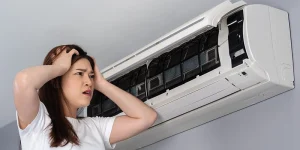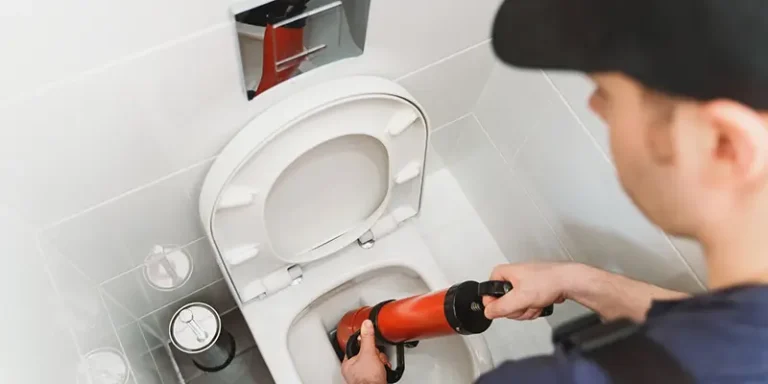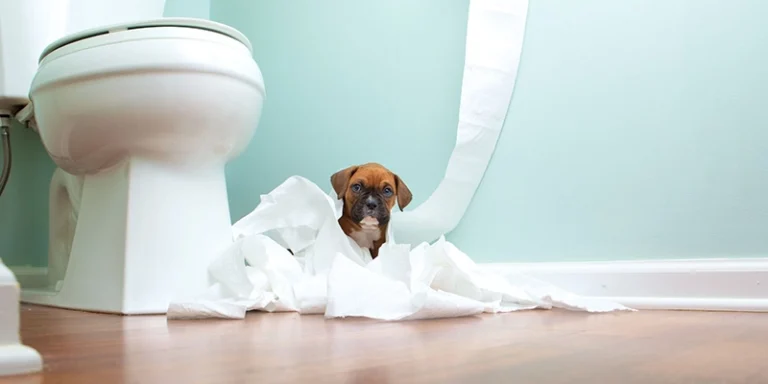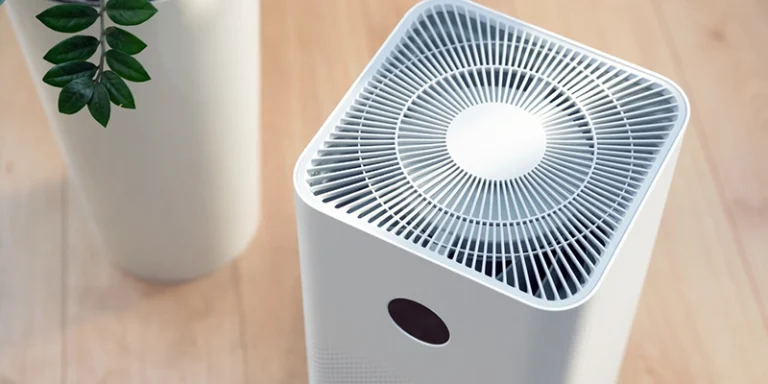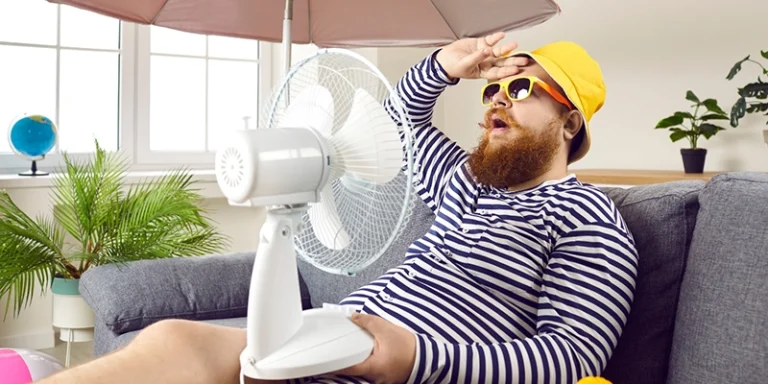When the toilet overflows and toilet water keeps rising in tank – Dealing with a toilet overflow can be messy and stressful. And it can be caused by multiple factors, such as a blocked toilet, a clog in the sewage line, or a faulty flush valve. Ignoring an overflowing toilet can lead to significant issues.
Therefore, you should fix the issue immediately to prevent further damage and minimize health risks. We will discuss some steps to follow when the toilet is overflowing so you can handle the situation with confidence and ease. So, when you have toilet overflowed without being flushed, follow these steps:
When your toilet overflows Shut Off the Water Supply first
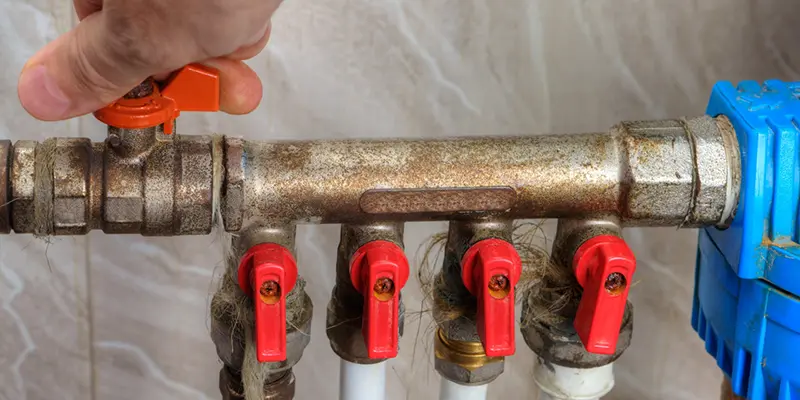
If you experience an overflowing toilet, shutting off the water supply is essential. This way, you can prevent further damage and minimize the water that spills onto your bathroom floor.
To find the water supply valve for your toilet, look behind the toilet bowl near the wall. Rotate it clockwise to stop the water flow, this will be the first step to stop the overflow.
If you cannot locate the valve or it does not work, shut off the main water supply to your home to prevent more water from entering the toilet. It’s better to address the issue promptly to prevent potential water damage to your property and belongings.
Once the water supply is turned off, focus on resolving the problem causing the toilet overflow.
Identify the Cause of the Overflow
It is crucial to identify the cause behind the toilet overflow to determine the appropriate solution to the problem. There are several reasons why a toilet may overflow, including a clogged drain or sewer line, a malfunctioning float valve, or a blocked vent pipe.
The issue may be related to the toilet’s design or installation. It may involve a plunger or plumbing snake to clear blockages, adjusting the float valve, or seeking professional assistance to address more complex issues.
By doing so, you can take proactive steps to prevent its recurrence and save your money and time.
Plunge the Toilet
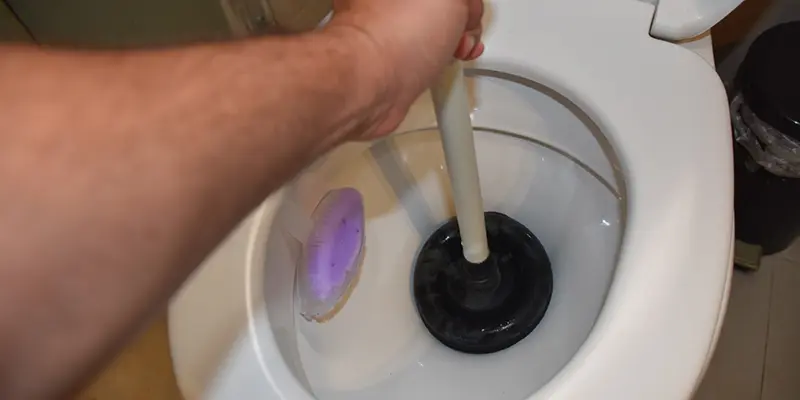
How to stop a toilet from overflowing when clogged – Plunging creates pressure that helps dislodge blockages in the pipes and allows the water to flow freely. First, you require a good quality toilet plunger, preferably with a flange or rubber bell, to create a tight seal around the toilet drain.
Next, fill the toilet bowl with enough water to cover the suction cup of the plunger and begin plunging up and down vigorously. Keep plunging until the water begins to drain and the toilet returns to its average water level.
Be cautious, use protective gloves and eyewear, and avoid harsh chemicals or objects that could damage the toilet or pipes. It’s essential to have a basic understanding of your toilet’s design and components to identify and troubleshoot the issues.
Use a Wet/Dry Vacuum to Remove Water
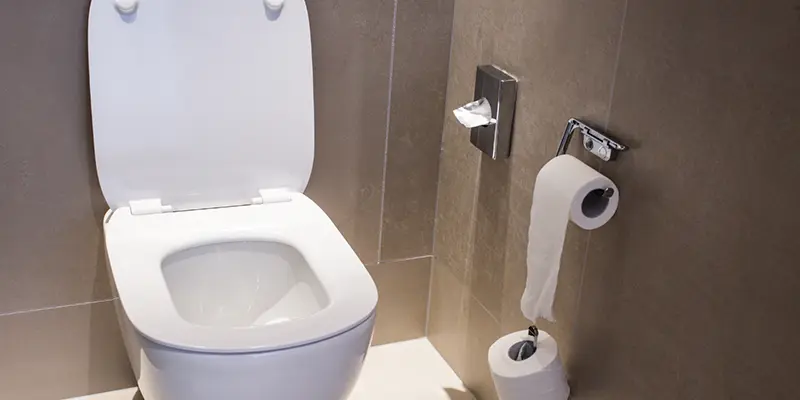
One of the most effective tools to handle overflowing toilets is a wet/dry vacuum. These vacuums handle wet messes and quickly remove water from your floors, carpets, and furniture.
To use a wet/dry vacuum, set it up by removing any filters for dry use only and ensuring the vacuum’s canister is properly secured. Next, attach the appropriate nozzle or attachment to the end of the vacuum’s hose.
Depending on the area, you may use a larger nozzle or a smaller crevice tool to reach tight spaces. Turn on the vacuum and move the nozzle over the wet areas.
Instead of pressing hard on carpets or fabrics, use a light touch and move the nozzle back and forth over the surface until the water has been removed.
After that, empty the canister and clean the vacuum thoroughly. When dealing with a particularly large or stubborn mess, repeat the process several times to remove all the water.
Disinfect and Clean the Affected Area

When your toilet overflows, disinfect and clean the affected area immediately.
Put on gloves, a face mask, and eye protection before cleaning. Use a wet vacuum or a mop to remove excess water. Use disinfectant to clean the toilet bowl, flooring, and walls thoroughly.
Carefully read and follow the instructions provided by the manufacturer. Use fans or open windows to dry the affected area. Remove and replace the damaged items from the bathroom.
By following these steps, you can prevent the spread of harmful bacteria and the likelihood of mold after toilet overflow. If you have a persistent problem with your toilet, consider upgrading it.
Check for Water Damage
Water damage from toilet overflow or other reasons can lead to mold growth. Therefore, it’s better to check for water damage thoroughly. Water damage can weaken the structure of your home. It can lead to costly repairs whenever left untreated.
If you notice any signs of water damage, address the issue as soon as possible. Get help from a water damage restoration specialist to assess the damage and prevent further harm. If the water damage is severe, cut off the electricity supply to the area and evacuate it immediately to ensure your safety.
Remember that prevention is always better than cure, so regular inspection and maintenance of your plumbing systems can help avoid toilet overflow and water damage.
Avoid flushing toilet paper and sanitary products down the toilet to prevent future overflow.
Contact A Professional Plumber If Necessary
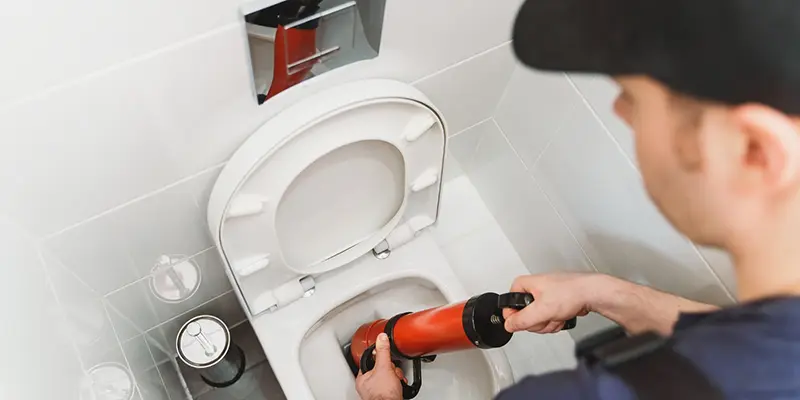
A clogged or overflowing toilet can be a major inconvenience and cause significant water damage to your home. A professional plumber will have the tools and expertise to identify and resolve the issue.
They may use a drain snake or other specialized equipment to clear the blockage and restore proper flow to your toilet. They may also need to repair or replace damaged pipes or components.
Attempting to fix a clogged toilet yourself can result in more costly repairs. In addition to fixing the immediate issue, a professional plumber can provide valuable tips on proper toilet usage and routine maintenance tasks. Contact Hawthorne PHC Services when you need help!

